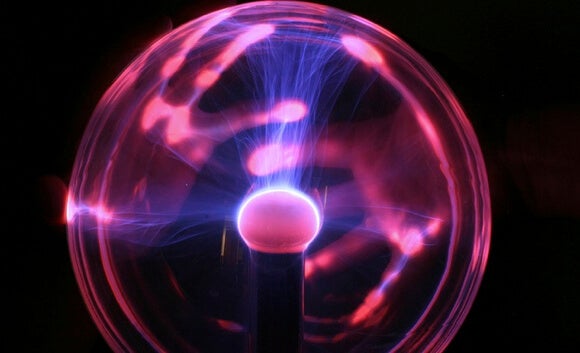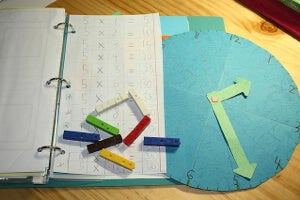Study Finds Random Electrical Current May Help Folks Learn Math
Mathemati-phobes rejoice. If a new study is right, you may one day get to swap coffee and cramming for a trusty set of head-mounted electrodes. According to a team of researchers, hailing from the UK and Austria, non-invasive electrical brain stimulation may improve math skills.

Share
Mathemati-phobes rejoice. You may one day swap coffee and cramming for a trusty set of head-mounted electrodes. According to a team of researchers, hailing from the UK and Austria, non-invasive electrical brain stimulation may improve math learning. However, the results, while intriguing, require a few requisite grains of salt: The trial was small, and as yet, there is no proven physiological explanation.
The technique, called transcranial random noise stimulation (TRNS), sends weak electrical impulses racing between electrodes attached to the forehead. An early study using the technique suggested TRNS works by stimulating the brain’s ability to generate and propagate electrical potential, thus making it easier to forge new neural pathways.
The five day experiment tested shallow cognitive processing—students memorizing their times tables, for example—and deep cognitive processing, or the ability to learn a mathematical principle and apply it to solve a novel problem.
Participants were similarly proficient on initial testing, but the TRNS group exhibited significantly higher learning rates in both categories compared to the control group after the trial. According to the paper, “TRNS facilitated the speed of learning for both calculation and drill regimes.”
The researchers recalled participants six months later. Though only 12 returned, the six who had been given TRNS had retained some benefits of the therapy—again outperforming the control individuals in new and old problems.
This most recent study is not the first to suggest weak electrical stimulation of the brain may enhance cognition. We recently covered several other studies using a similar technique called transcranial direct current stimulation (tDCS). Instead of random pulses, tDCS sends a steady current to the brain.
Be Part of the Future
Sign up to receive top stories about groundbreaking technologies and visionary thinkers from SingularityHub.


One study, conducted by the Mind Research Network last year, improved participant performance in threat assessment during training with a virtual reality simulation designed to help soldiers recognize improvised explosive devices. Participants not only performed better, they also reported feeling more focused and relaxed.
Similarly, the US Air Force employs tDCS to enhance drone pilot training. And other studies in 2005, 2008, and 2013 showed tDCS benefitted working memory, language learning, and visual short-term memory respectively.
The evidence seems to indicate something is going on here—but the trials have been limited and few in number. In this case, the test group was 25 and those returning six months later just 12. It’s not uncommon to find interesting results in small trials only to see them vanish in larger populations. Further, though the researchers have no evidence the method is dangerous, they warn not to try it at home.
According to Nature, however, Cohen Kadosh, leader of the TRNS math trial, hopes to expand the research to include university students in a classroom setting. He hopes someday it might be a key resource folks with dyscalculia—a kind of math dyslexia thought to affect roughly 7% of the population.
Image Credit: OakleyOriginals/Flickr (featured, banner), jimmiehomeschoolmom/Flickr (body)
Jason is editorial director at SingularityHub. He researched and wrote about finance and economics before moving on to science and technology. He's curious about pretty much everything, but especially loves learning about and sharing big ideas and advances in artificial intelligence, computing, robotics, biotech, neuroscience, and space.
Related Articles

This Week’s Awesome Tech Stories From Around the Web (Through December 13)

New Immune Treatment May Suppress HIV—No Daily Pills Required

How Scientists Are Growing Computers From Human Brain Cells—and Why They Want to Keep Doing It
What we’re reading


